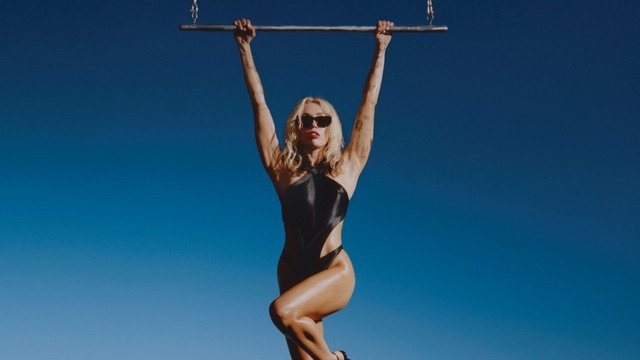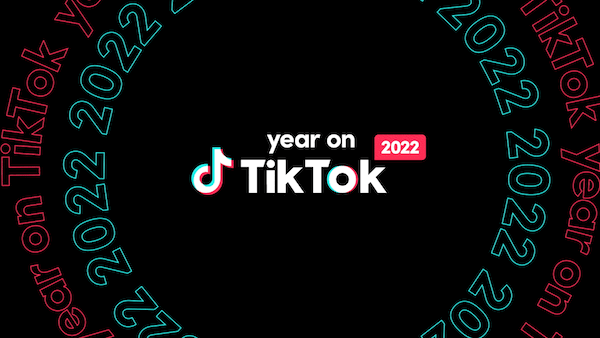What's In A Name Change?
Just last week Chet Faker (formerly known as Nick Murphy, formerly known as Chet Faker), re-emerged with the news of new music and a return to the moniker we all know and love. This got us thinking about the art of the name change and how it can impact artists’ brands.
Why Do Musicians Change Names?
There’s a whole range of reasons why a project name might not feel fitting anymore. For some artists, it’s a matter of genre change – think Chet Faker to Nick Murphy or Snoop Dogg to Snoop Lion. For others, like Lady A, formerly known as Lady Antebellum, they might need to escape an offensive name.
How Do They Do It?
In some cases, a name change is a great idea. Maybe the music is too hard to find online, the current name is controversial, or it’s just really, really bad. In that case, artists can change their name over pretty easily on most digital fronts. Spotify streamline their process with metadata updates, and social media accounts can typically be renamed with a few clicks and a request.
Of course, artists can always launch new online profiles, but that effectively sends them back to the drawing board when it comes to building an audience, showcasing streaming numbers and keeping their audience in one place.
Is It Really Worth It?
While an artist’s audience might change throughout their career, alongside their style and branding, there’s one thing that can offer consistency – their name.
With a consistent name, artists can continue to build their reputation and memorability. While name changes might work well for more established artists, emerging acts run the risk of losing their momentum with a name change, so it’s definitely worth questioning how much an artist’s name is holding them back, before jumping ship to a new moniker.










After competing on American Idol and being signed then dropped, by Sony, Miami-born, Cuban American singer-songwriter Sammy Arriaga has fast become one of the most interesting musicians of the Web3 world.